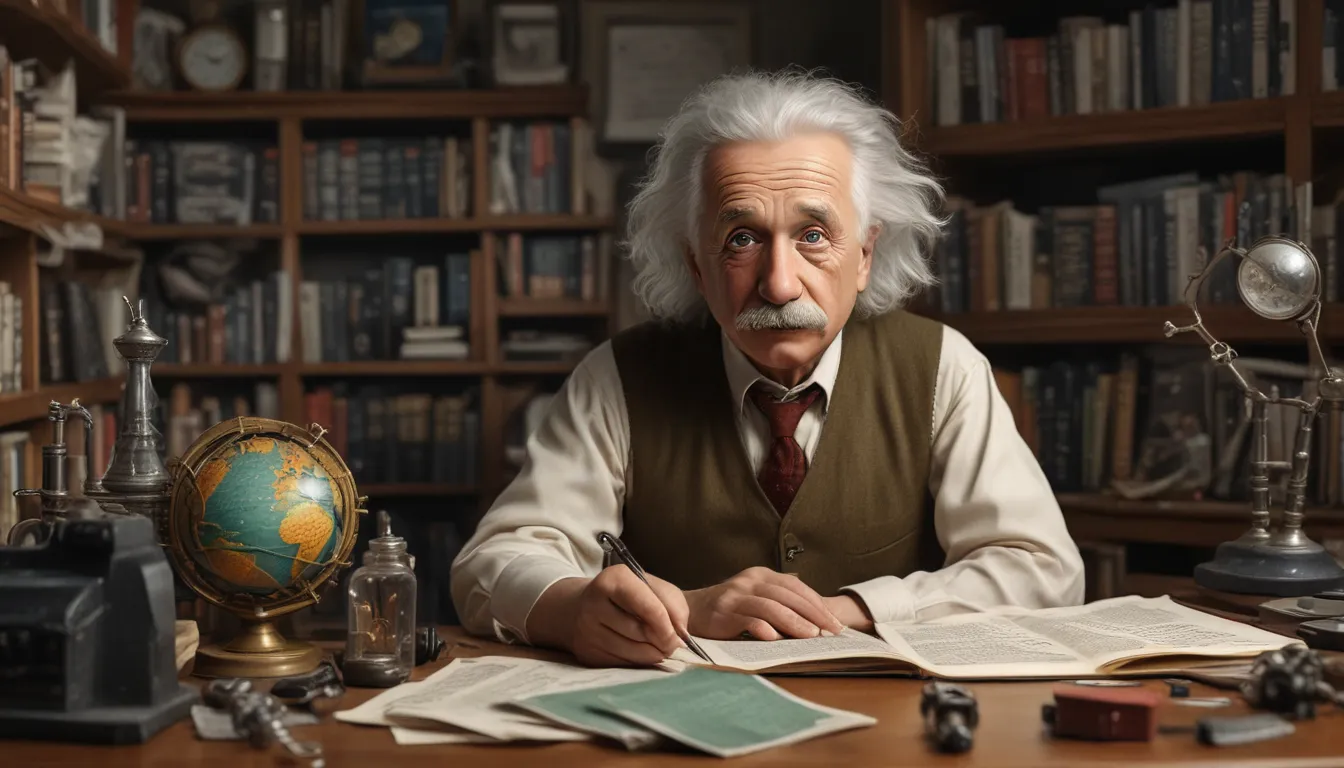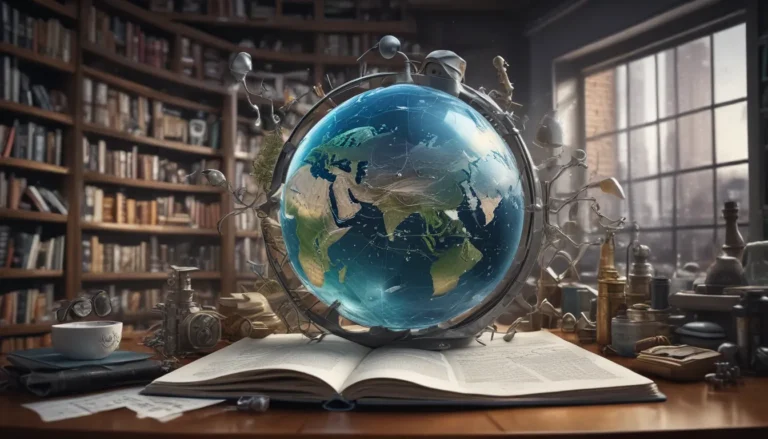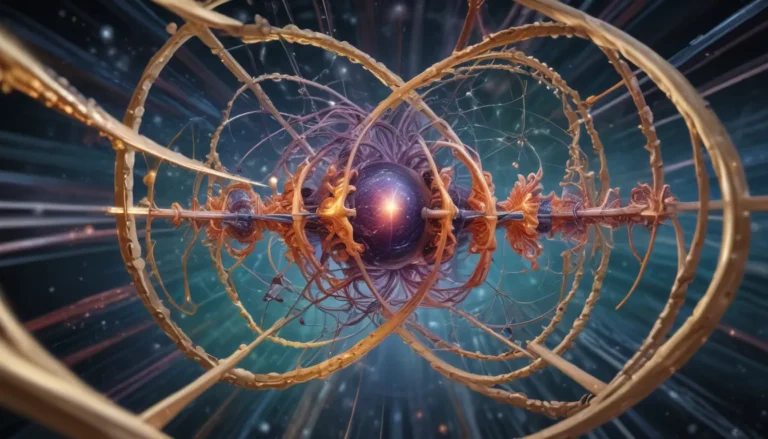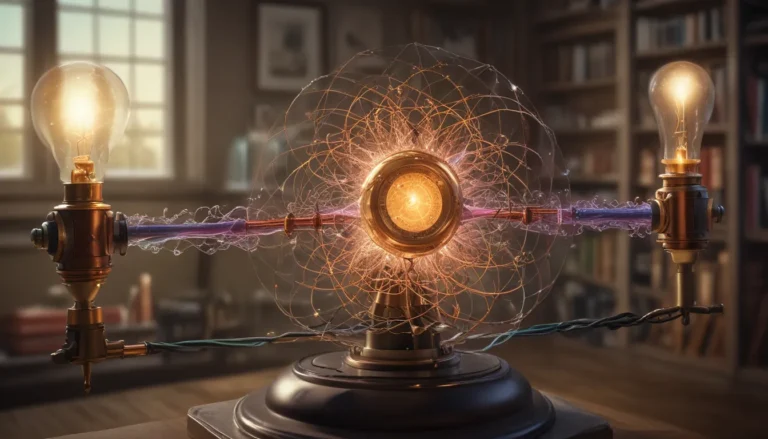A Note About Images: The images used in our articles are for illustration purposes only and may not exactly match the content. They are meant to engage readers, but the text should be relied upon for accurate information.
Albert Einstein’s theory of relativity stands as a monumental achievement in the realm of scientific discovery. It has redefined our understanding of space, time, and gravity, reshaping the way we perceive the universe. Let’s venture into the captivating world of Einstein’s theory of relativity and uncover nine fascinating facts that will deepen your appreciation for the profound implications it holds.
Unveiling the Essence of Einstein’s Theory
Einstein’s theory of relativity represents a significant departure from traditional notions of space, time, and gravity. It has opened new avenues of exploration in fields such as astrophysics and cosmology, challenging our fundamental understanding of the cosmos.
The Genesis of Relativity Theory
In 1905, Albert Einstein introduced the special theory of relativity in his paper “On the Electrodynamics of Moving Bodies.” This groundbreaking theory presented a radical new perspective on the concepts of space and time, defying the principles of classical mechanics.
Unifying Space and Time
According to Einstein’s theory, space and time are intricately interconnected, forming a four-dimensional framework known as spacetime. This revolutionary concept has transformed our perception of the universe, offering insights into how objects move through this complex fabric.
Questioning the Nature of Time
Unlike classical mechanics, which views time as an absolute quantity, the theory of relativity introduces the concept of time dilation. Time can appear to pass at varying rates depending on the relative motion of observers, challenging our conventional understanding of temporal dynamics.
Gravity’s Curvature of Spacetime
Einstein’s general theory of relativity expounds on the special theory, proposing that gravity is not a force but rather a curvature in spacetime caused by massive objects. This radical reinterpretation revolutionized our comprehension of gravity and unveiled new perspectives on the nature of the universe.
Predicting the Existence of Black Holes
The theory of relativity foretold the existence of black holes—mysterious entities with immense gravitational pull. Einstein’s equations provided a mathematical foundation for describing the behavior of matter and light in the presence of intense gravitational fields.
Experimental Validation of Relativity
Numerous experiments and observations have validated the predictions of Einstein’s theory of relativity. These verifications include the bending of light around massive objects, time dilation effects on high-speed particles, and the gravitational redshift of light.
Practical Applications in Modern Technology
The practical implications of Einstein’s theory extend beyond theoretical physics, influencing technologies like the Global Positioning System (GPS). The precise timing required for GPS calculations incorporates adjustments for time dilation effects, showcasing the tangible impact of relativity on everyday applications.
Illuminating the Cosmos Through Relativity
Einstein’s theory of relativity has sparked significant advancements in our comprehension of the universe, offering a powerful framework to unravel its mysteries. By challenging established notions of space, time, and gravity, this groundbreaking theory continues to shape our understanding of the cosmos.
Deepening Your Knowledge
As you embark on a journey through the wondrous realm of Einstein’s theory of relativity, consider delving further into related topics. Explore the incredible speed of light’s journey across the universe, learn about the pioneering mathematician Jules Henri Poincaré, and unravel the peculiar phenomenon of length contraction. Each exploration will enhance your understanding of the strange and beautiful intricacies of our cosmos.
FAQs: Exploring the Curiosities of Relativity
- What is Einstein’s theory of relativity?
-
Answer: Einstein’s theory of relativity is a scientific framework that elucidates the relationship between space and time, encompassing both the special and general theories of relativity.
-
How does special relativity differ from general relativity?
-
Answer: Special relativity focuses on objects moving at constant speeds, introducing concepts like time dilation, while general relativity extends these principles to include the effects of gravity on spacetime.
-
What experimental evidence supports Einstein’s theory of relativity?
-
Answer: Experimental validations of Einstein’s theory include observations of light bending around massive objects, time dilation effects in high-speed particles, and gravitational redshift.
-
Are there practical applications of Einstein’s theory of relativity in technology?
-
Answer: Yes, technologies like GPS rely on Einstein’s theory to calculate precise positions by accounting for time dilation effects.
-
What ongoing questions persist in the field of relativity?
- Answer: Researchers continue to explore challenges such as unifying general relativity with quantum mechanics, aiming to develop a comprehensive theory of everything.
Embracing the Marvels of Relativity
In conclusion, Einstein’s theory of relativity stands as a testament to human ingenuity and curiosity, reshaping our understanding of the fundamental laws governing the universe. The captivating facts surrounding relativity serve as a gateway to appreciating the intricate nature of space, time, and gravity. As you ponder the mysteries of existence, let the brilliance of Einstein’s theory illuminate your path towards deeper insights into the enigmatic cosmos.






